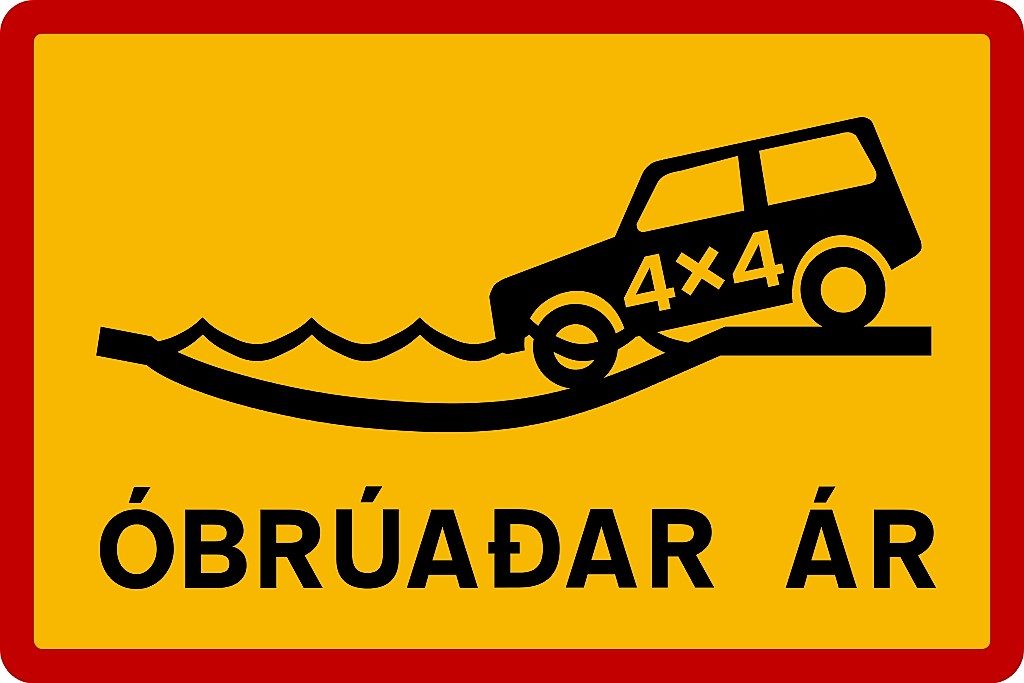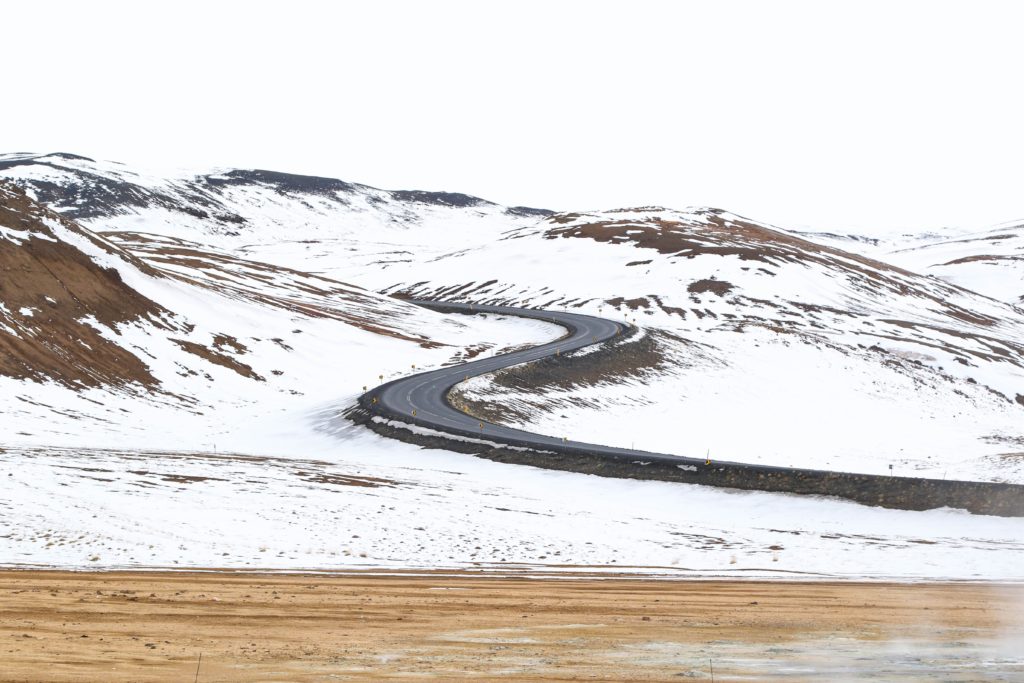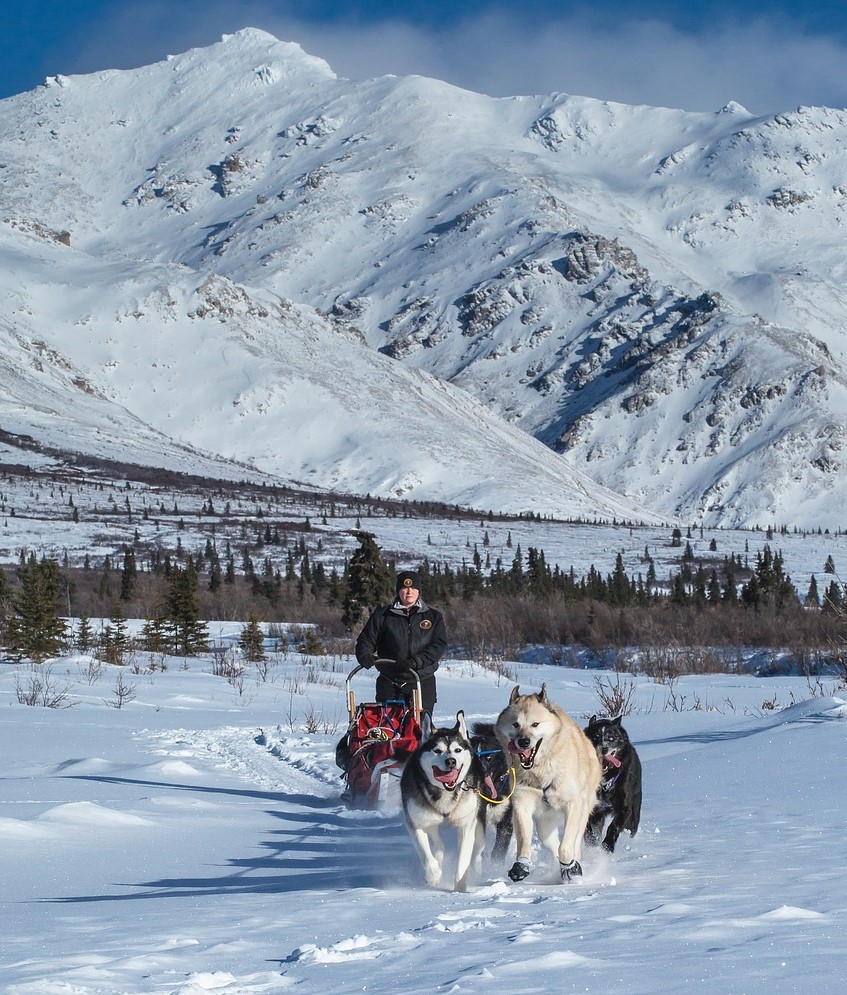Car Hire
Hiring a car abroad is normally a fairly mundane part of the holiday experience and the only thing to worry about is if you are driving on the right side of the road or not. Driving in Iceland offers a unique set of challenges at different times of the year with the stunning scenery an added distraction. There has been a 34 per cent year-over-year increase in the number of visitors to Iceland this year, and subsequently a record amount of traffic on Iceland’s roads. More cars and more people who are unfamiliar with the conditions. There have unsurprisingly been more accidents involving tourists—of the 1,324 people who were injured in traffic in Iceland last year, 208 were foreign tourists—including a number of fatalities. There’s increasing awareness among car hire companies and others of the need to educate visitors about the unique conditions and hazards of driving in Iceland, but more certainly needs to be done. Before you set off on your road trip around Iceland, please do your homework and read up about the road and weather conditions.

Driving Tips
Speed
When driving in Iceland it can be difficult to keep a sense of your driving speed due to the lack of visual markers such as trees. So keep an eye on the speedometer and remember that the speed limit outside urban areas in Iceland is never more than 90 km/h (55 mph). Avoiding driving too fast is one thing but driving too slowly can also be dangerous (and annoying) to other drivers, encouraging overtaking, sometimes when not appropriate. There are long distances to be covered and plenty to see! Plan your trip accordingly and keep your eyes on the road. If you spot an Instagram moment, indicate, slow down and move off the road to an appropriate spot to take in the view or capture some photos.
Unexpected Obstructions
Wearing a seatbelt is not just a legal requirement – it could save your life on roads with lots of potential hazards. The road and weather conditions in Iceland are likely to be very different to what you are used to with gravel roads in places, single-lane bridges and other tourists making their Instagram stops!! There’s the additional hazard of wildlife, sheep, in particular, sometimes hidden from view, which may jump out into the road without warning.
Long Summer Nights
The long summer days can be deceiving so plan your journey with plenty of breaks and aim to finish late afternoon or early evening. Remember that headlights are required to be switched on all the time.

GPS
Don’t be a slave to your GPS! Spend some time planning the route. The shortest route might not be the best or fastest and some places have the same or similar place names. Some roads may be impassable in the winter.
Road Conditions
If you plan on heading into the highlands, seek advice on crossing rivers and don’t even think about it without a 4×4 SUV. It could be necessary to first check the depth and speed of running water before trying to cross. Iceland might look stunning in the winter but icy roads and an unexpected blizzard could be deadly. Check the forecast and if in any doubt don’t drive. Also keep in mind that only around 5,000 km (3,100 miles) of Iceland’s 13,000 km of roads are serviced during winter, meaning many roads are blocked by snow. If you do head out of the capital in winter, be sure to factor in driving at a reduced speed because of icy roads and don’t forget the days are short at this time of year.
Driving at night
If you are thinking about driving at night to experience the northern lights – drive with extra care, don’t stop without indicating first and move well off the road. Don’t be a danger to other drivers. If there isn’t sufficient room to park safely, wait until you find a suitable place to stop. By all means, head into the darkness of the night to experience the northern lights, but don’t stop your car without indicating and moving it well off the road.
Winter Driving
Highland and mountain roads are only open during the summer and early autumn. As many roads in Iceland are raised on embankments to prevent winter snow from burying them, roll-over accidents often occur when drivers lose control of their vehicles and drive off the road. Winter tires, a scraper and brush and windshield washer fluid are a must and, even if you’re on a day trip and intend on staying in the comfort of your heated car, warm clothes and some basic food supplies are a good precaution in case you get stranded. A flashlight is also recommended and a snow shovel. Though short, the winter days can be bright and the low winter sun and its reflection on the snow blinding, so pack your sunglasses.
Golden Circle Tour Iceland: Self-Drive ToursResearch

Before you set off, do your research. There are several good resources for driving in Iceland, including road.is, safetravel.is and inspired.visiticeland.com/ academy. Don’t forget to follow the weather forecast on en.vedur.is/en.
Safe travels.
Car Rental in Iceland



